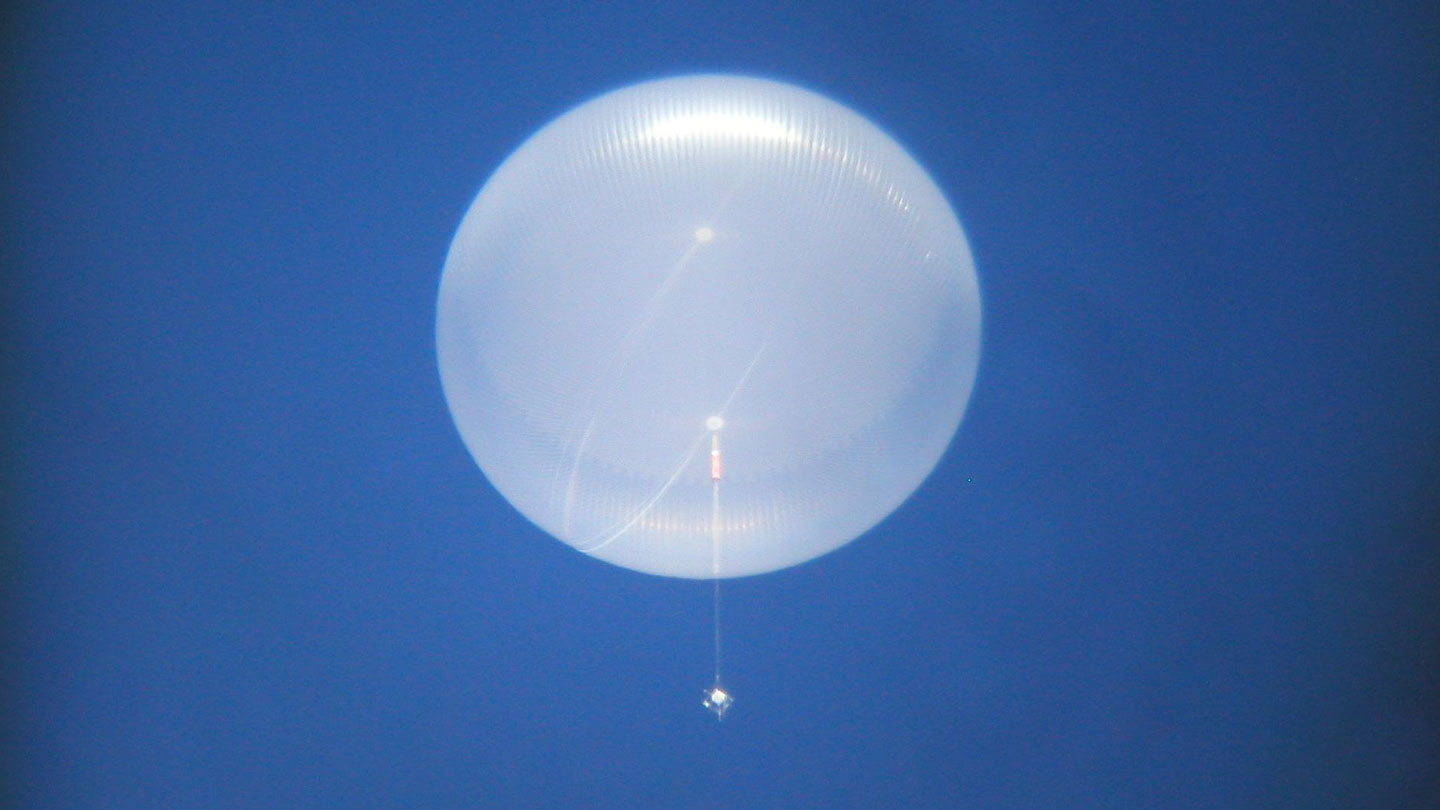Twice round the world by Boomerang balloon — Science News, April 7, 1973
Scientists recovered for the first time … a balloon scientific payload after a long-duration, twice-around-the-world flight. The project is called Boomerang and is designed to demonstrate the feasibility of using balloons for long-duration research.
Update
Balloons fill an important niche in science, bearing instruments to study physics, atmospheric chemistry and astronomy, or to test technologies for space missions. For instance, data collected by balloons have helped reveal that the universe is geometrically flat, that Earth’s lower atmosphere is rising due to climate change and how wildfire smoke impacts the ozone layer (SN: 10/08/02; SN: 12/18/21; SN: 8/8/19).
Earlier this year, the United States shot down several objects high above the country, one of which is alleged to be a surveillance balloon from China. Others are likely “tied to private companies, recreation or research institutions studying weather or conducting other scientific research,” President Joe Biden said February 16 in a news briefing. Some scientists worry rising concerns over spying could limit where high-altitude balloons go — a tall order for vessels that follow the wind.
Source link














